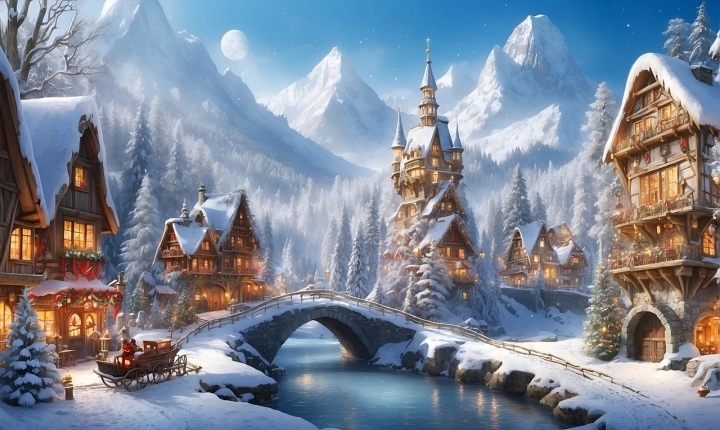Title: Exploring the Rise of AI-Generated Music Covers
In recent years, the use of artificial intelligence (AI) in the music industry has been steadily increasing, leading to innovative and unprecedented developments in music creation and production. One such area that has seen significant growth is the production of AI-generated music covers. This groundbreaking technology has enabled artists and producers to reimagine classic songs and create entirely new compositions in a way that was previously unimaginable.
AI-generated music covers involve the use of machine learning algorithms and neural networks to analyze and interpret existing musical compositions. These algorithms are trained on vast datasets of music, allowing them to recognize patterns, styles, and characteristics of specific artists or genres. By leveraging this knowledge, AI can then apply these insights to create entirely new musical compositions that closely resemble the original artist’s style and sound.
One of the primary methods used to create AI-generated music covers is through the use of generative adversarial networks (GANs). GANs consist of two neural networks, one that generates new content and another that discriminates between the generated content and real music. Through continuous training and feedback, GANs can produce music that closely mimics the style and characteristics of a particular artist or song.
Additionally, AI-powered music generation tools, such as OpenAI’s Jukebox and Magenta’s AI Composer, have gained prominence in the music industry. These tools use deep learning models to analyze and synthesize music, allowing users to create music covers, original compositions, and even entire albums with minimal human intervention.
The emergence of AI-generated music covers has significant implications for artists, producers, and the music industry as a whole. For artists, AI technology presents an opportunity to reinterpret and revitalize their back catalog, providing fresh takes on timeless classics. It also enables new collaborations between artists and AI systems, blurring the lines between human creativity and machine-generated content.
Furthermore, AI-generated music covers have the potential to introduce new revenue streams for artists and rights holders. By reimagining popular songs through AI, artists can release new versions of their classic hits, appealing to both die-hard fans and a younger generation of listeners who are drawn to innovative and unique musical experiences.
However, as with any advancement in technology, AI-generated music covers raise important questions about copyright, intellectual property rights, and artistic integrity. The use of AI to replicate and create music in the style of established artists has prompted discussions on ownership, attribution, and ethical considerations regarding the use of AI in creative processes.
Despite these challenges, the rise of AI-generated music covers marks a pivotal moment in the evolution of music creation and production. As AI technology continues to advance, it is likely that we will witness a continued convergence of human and machine creativity, leading to new forms of artistic expression and musical innovation.
In conclusion, the emergence of AI-generated music covers signifies a paradigm shift in how music is created and reinterpreted. By leveraging the power of AI, artists and producers have the opportunity to explore new creative horizons, captivate audiences with fresh musical experiences, and push the boundaries of what is artistically possible in the digital age. As the technology behind AI continues to progress, it is certain that AI-generated music covers will become an integral part of the contemporary music landscape, shaping the future of musical expression and creativity.
